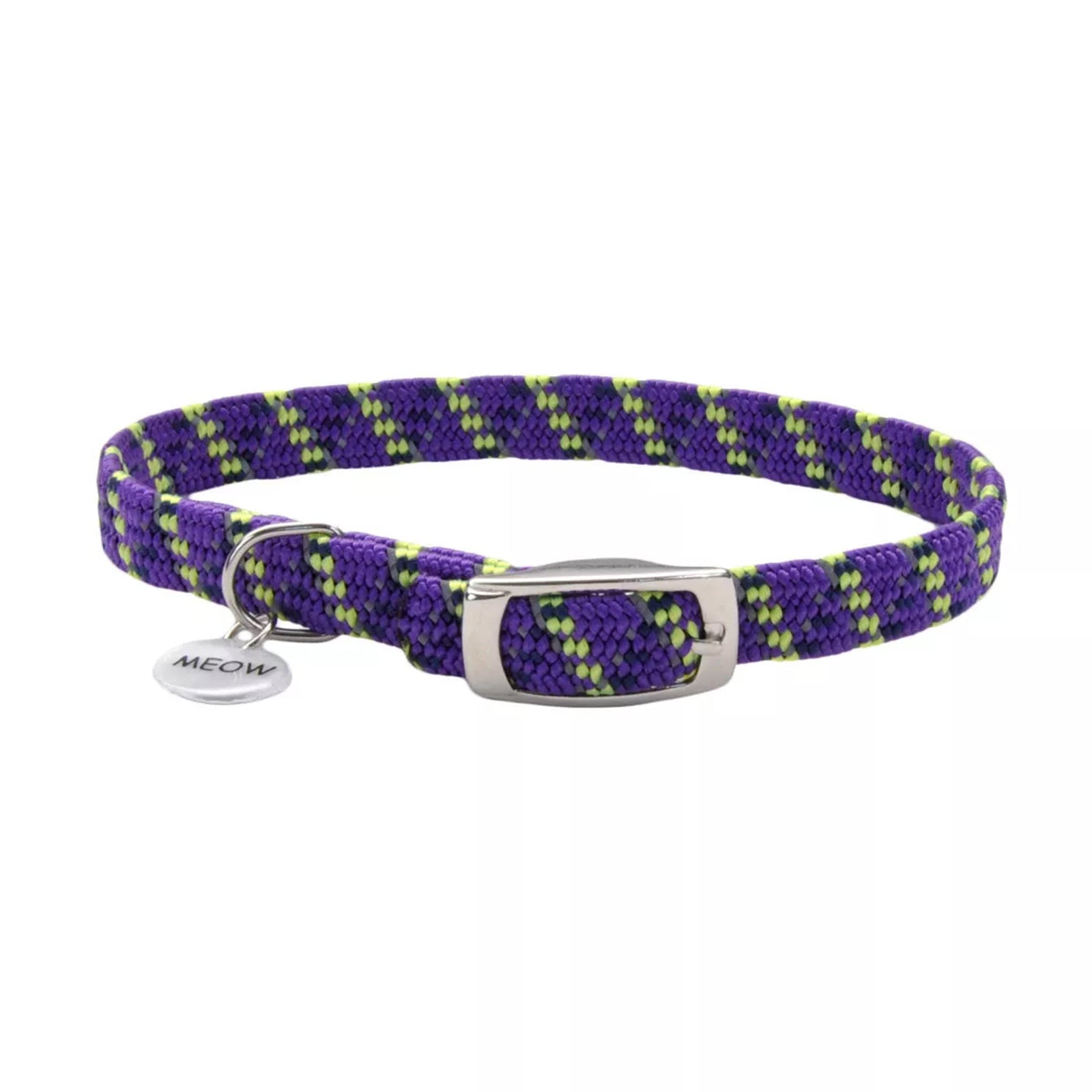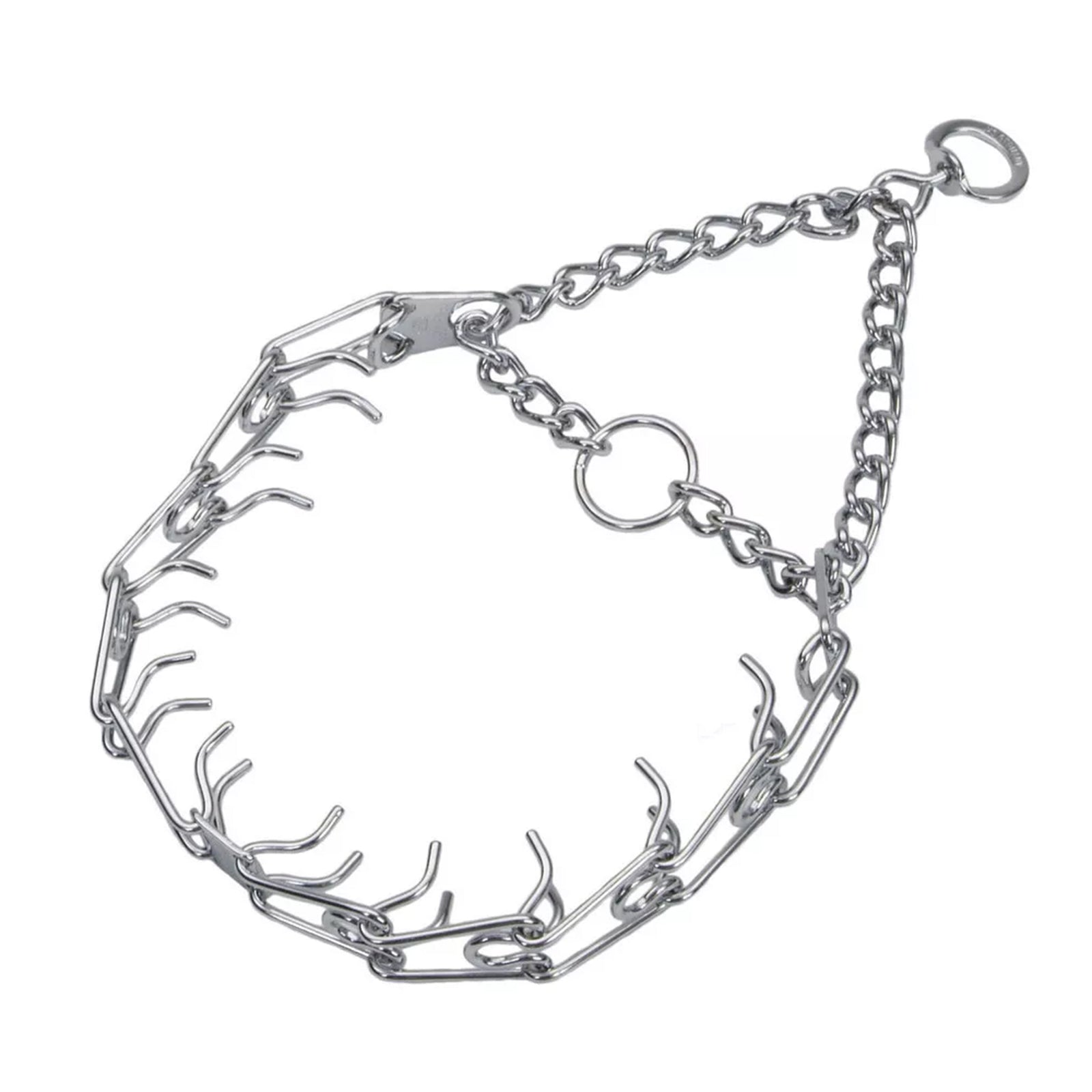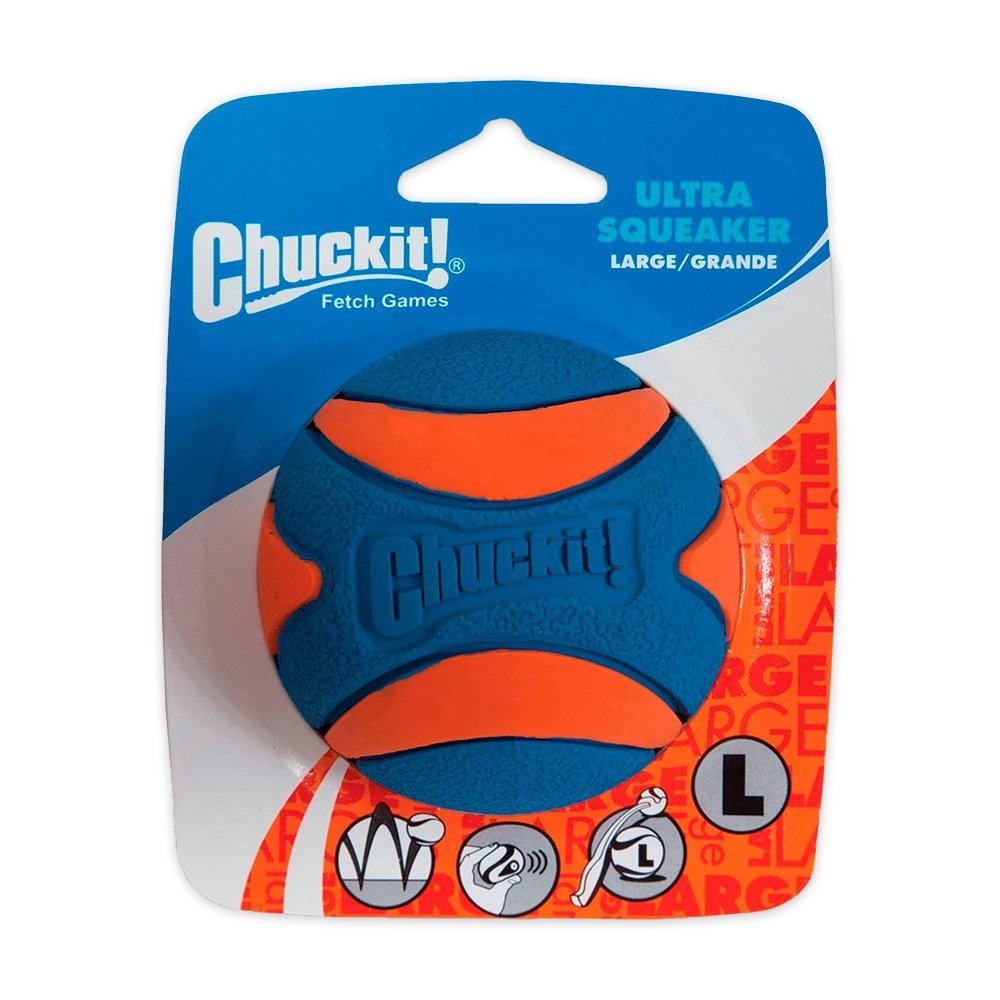Herm Sprenger collars are a well-liked yet contentious method for reducing dog leash pulling. A modified martingale herm sprenger prong collar 2.25 collar having arms, or prongs, that extend and tighten against the dog's neck in reaction to pulling on the leash is a prong collar, also known as a pinch collar.
Why Use A Prong Collar?
Prong collars, such as martingale collars, and herm sprenger 2.25 links can be safer for hard-pulling dogs than flat collars or choke chains, which focus the dog's weight against the trachea. Because the links of a prong collar tighten simultaneously, weight and pressure are distributed equally around the entire neck when wearing one. Prong hermes Sprenger collars teach most dogs to self-correct since pulling causes discomfort. The collar might not be properly adjusted if the dog is not responding.
Prong collars should never serve as a dog's primary collar, and all tags should be removed to protect the integrity of the collar. The collar must only be used for walks when a leash is attached. Long-term use of the prong collar can result in the prongs becoming embedded in the dog's neck, which can cause pain and abscesses.
- Never evaluate a book by its cover! Prong collars may not be visually appealing, and some people and only good dog trainers may not like them. But you may train your dog effectively by using a prong collar. It is not intended to harm your dog. The dog's entire neck is consistently compressed by the prong collar, much like a mother dog would do with her pups. When properly supplied, it has no negative effects on the trachea.
- It's possible that the prong collar will save lives. Although there may be benefits and drawbacks to the prong collar, many dog owners decide not to walk their dogs because they pull, lunge, or are leash reactive. A dog may also exhibit unwanted behaviors at home, such as chewing, barking, and jumping, if it isn't taken for regular walks. If these bad habits are not stopped right away, they might get out of hand, which would make the dog owner angry and decide they could no longer put up with it. So they transport the dog to a rescue; is the dog at fault here?
- The collar needs to be properly adjusted to fit your dog's neck. It should fit snugly but not too tightly, right below the ears. If you can maintain the collar higher on the neck, your dog will be able to converse with it better. This can be challenging because the collar does look to slip down the neck if it is not snugly wrapped around his neck. There are many trainer-produced videos online that show how to properly fit the prong collar.
How To Properly Use A Prong Collar
The key components of prong collar training are as follows:
- They should not be left on all night. It's risky to leave the collars on overnight.
- They need to be the right size. Otherwise, they may unintentionally separate and will. When the dog misbehaves and receives a correction, that always happens.
- A prong must tightly fit right behind the dog's ears, around, and under the dog's jaw in order to be properly fitted. NEVER let them dangle loosely over the dog's neck. Learn How to Fit a Prong Collar, my post.
- Prong collars should never be used alone; they should always be paired with a backup collar (like our Dominant Dog Collar). If the prong separates, the dog will still be on the leash and won't run off when anything distracts him.
- Go cautiously when you first begin training with a prong. Avoid taking the dog to a dog park and correcting it to the same level you have been. Take the dog for a stroll instead, and let it fix itself by pulling back on the leash. This is correct enough for many dogs.
- Prong collars are generally effective in preventing dogs from dragging their owners while out for walks.
- POP the leash is the proper motion to do while correcting a leash. Never pull the leash! All beginning dog trainers must develop this talent.
- Make an attempt to comprehend the philosophy behind dog training corrections. Instead of punishing the dog, the goal of a correction is to bring about a change in behavior for the better. Every dog is unique; some require extremely gentle corrections, while others require quite harsh ones. The bulk, meanwhile, requires somewhere in the middle.
- I strongly advise taking our online course on Basic Dog Obedience if you are new to training dogs in order to better understand dog motivation. You will gain a better knowledge of how and why you ought to utilize a prong collar as a result.
Read More: How Well Do Prong Collars Work For Teaching Dogs?
Conclusion
Prong collars, like any other form of equipment, can be very successful when applied to a dog in the right way.
Sadly, it happens frequently that people use a prong collar incorrectly, which can be harmful.
Learn how to get the proper fit, how to set a prong collar appropriately, and how to properly teach your dog in order to avoid injuries when using a prong collar on a dog.

















